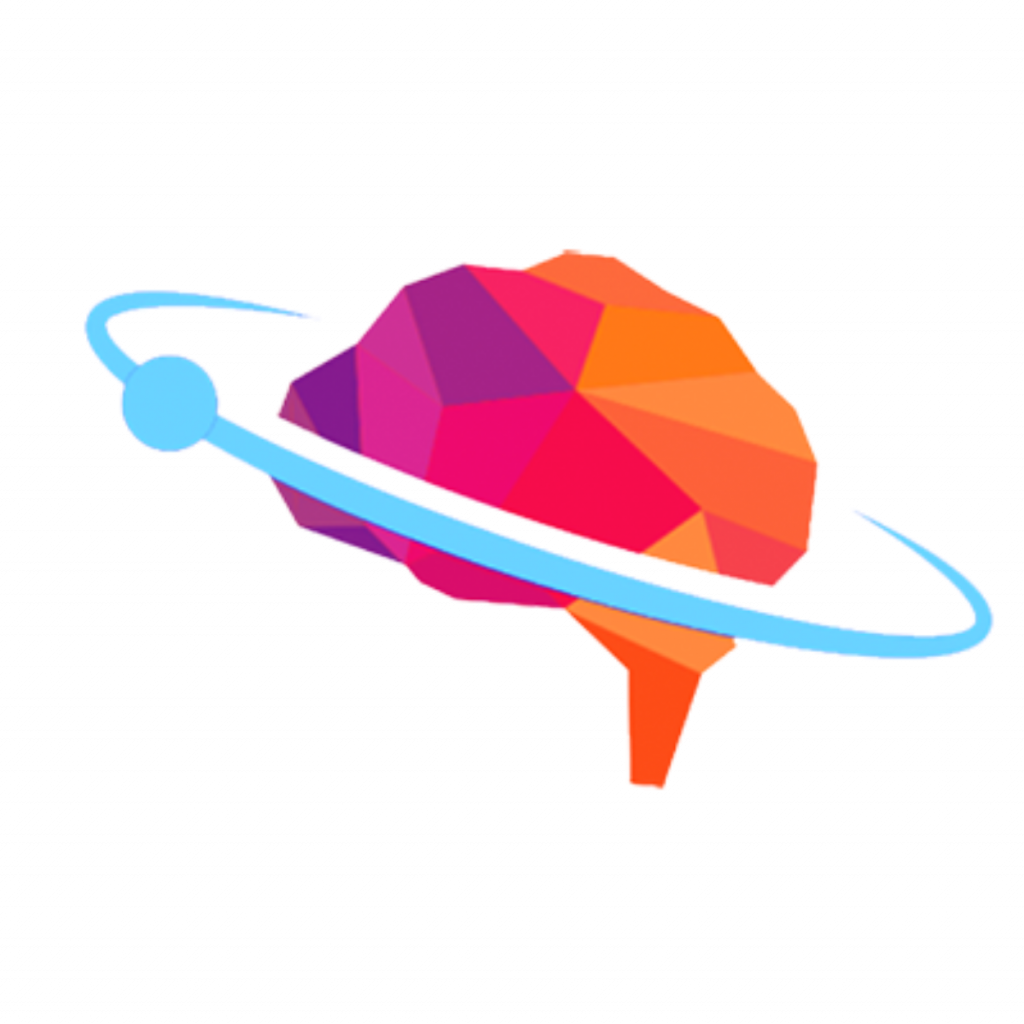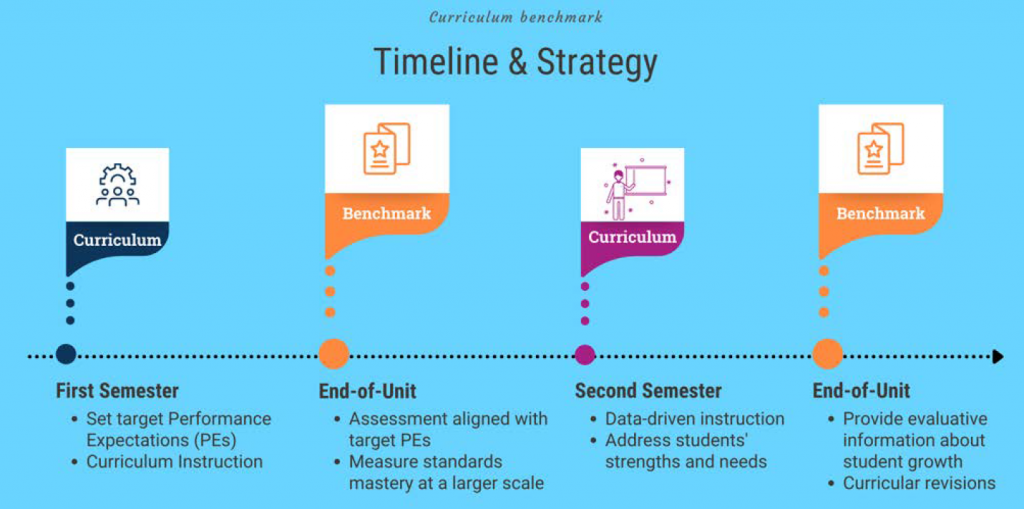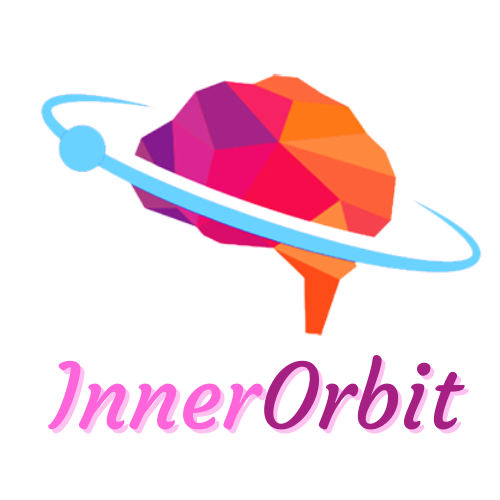

Summative & Benchmark Assessments
A curriculum benchmark assessment formally evaluates student learning progress. This assessment is usually given at the end of a unit or semester and is an excellent way to summatively measure student understanding of the material that has been covered. These assessments are not often used to inform teaching, but can be powerful tools in evaluating PD opportunities or gaps in the curriculum that need to be addressed across a district.
Get Instant Access After a Brief Survey
Find a Time in Our Calendar for a Demo
User Story
CURRICULUM BENCHMARKS
Kentucky Large City District

Jefferson County Public Schools
Program Overview
Goal: Provide insights on student performance on the NGSS at focus schools in the district.
Frequency: Semesterly
Assessments Created By: InnerOrbit
This district is partnering with InnerOrbit for the 2022-2023 and 2023-2024 school years to provide curriculum benchmarks, professional learning, and access to InnerOrbit’s phenomena-based assessments.
Professional Learning Focus
At the beginning of the school year, the InnerOrbit team hosted professional learning sessions on Sensemaking and Phenomena in NGSS Assessments and Leveraging the K-12 Progressions in NGSS Assessments and Data. These two sessions helped lay the foundation of NGSS assessment best-practices and how to apply those practices on InnerOrbit.
Data Analysis
After collaborating on the construction of the Fall 2021 Curriculum Benchmark, the InnerOrbit team will support district leaders in the analysis of their data. That analysis will lead to purposefully designed PDs in the spring.
Adjusting Instruction
The Spring 2022 Curriculum Benchmark was be used to evaluate student growth of the participant schools and the school took the results as a foundation for planning for 2022-2023.

Create a Curriculum Benchmark/ Summative Assessment with InnerOrbit
Summative assessments require students to make connections between the DCI (the content knowledge), SEP (skills they’re learning), and Cross-Cutting concepts (lenses they use to look at different problems and phenomena).

First, let’s navigate to the Builder from the dashboard by clicking “Get Started”.

There are 2 ways to search on innerorbit: the search bar or the browse tiles. If you have a specific standard in mind, use the search bar. First, you’re going to search for the performance expectation you’re looking for, and then, we’ll apply a question filter and we’re going to look for 2D or 3D questions. You can also type in any of the NGSS dimensions, like “DCI “and look through the search results. If you’d rather browse, use the tiles to narrow down your choices.
We label these as formative and summative. In our surveys of statewide tests in the blueprints that they use to build those tests, both two-dimensional and three-dimensional questions are fair game, so we recommend that you use our 2d or 3d questions to meet the level of rigor required of a summative assessment to make sure to tick the boxes.

Let’s try looking for standard MS-LS2-1.
We can either use the search bar or click through the browse tiles (Middle School > Life Science > MS-LS2 Ecosystems > MS-LS2-1).
Scroll down to “Matching Phenomena with Questions”. Here you’ll see that there are 4 unique phenomena for this MS-LS2-1 standard.

Click on a tile to preview the phenomenon and corresponding questions. Read through the phenomenon, figures, and data.

Students need to acclimate themselves to the phenomenon. Read through all the charts and graphs we give them and integrate the phenomena with all of the statements and complexity of the questions being asked. If you choose five questions, you should expect students to take between 20 and 25 minutes for students. If you offer 10 questions you should expect them to spend about 40 to 50 minutes answering them.

Click “View your Assessment” to see your selections

Create a name for the activity and press Save. You can find this activity in your Assessment Tab under “Created by you”

